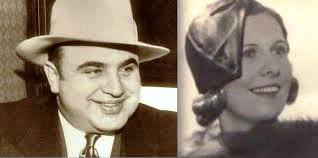After almost ten years of blogging, my Fornology.com site will register a million hits this year. Writing blog posts has become my favorite type of writing because of the instant gratification and immediacy of reader response. What also appeals to me is a post can be endlessly revised to correct any content or grammar errors, which is not the case with published longer works where your words are imprisoned on the page.
When I began to blog at the urging of my first publicist in 2011, I was less than thrilled. I knew nothing of blogging, so I did what any self-respecting Baby Boomer would do, I bought a hard copy of Blogging for Dummies. There is no shortage of books about monetizing your blog, but I needed advice on how to build a blog.
Once I understood the nature of the beast, I began to recognize the value of building an audience by drawing readers to my site. Blogging has become my primary marketing vehicle because of its long reach and its cost--blogging is essentially free. All of my posts are offered for free, but my longer works can be purchased in my blog's sidebar. I prefer the soft rather than the hard sell.
At first, my post topics were random, but soon I focused on topics related to my longer works creating interest in my books' subjects. Not only did my blog become a research tool, it helped me develop my author's voice and writing style, all the while growing my audience.
My fornology blog provides free, nonfiction content. What is remarkable to me is that I've written 445 posts over the last nine years. My present goal is to reach 500 posts before I pull the plug and call it a career. Help me reach one-million hits by reading some of my posts you haven't seen before Check out the archive index on my blogs left sidebar. Thanks!
Top Ten Fornology Posts










